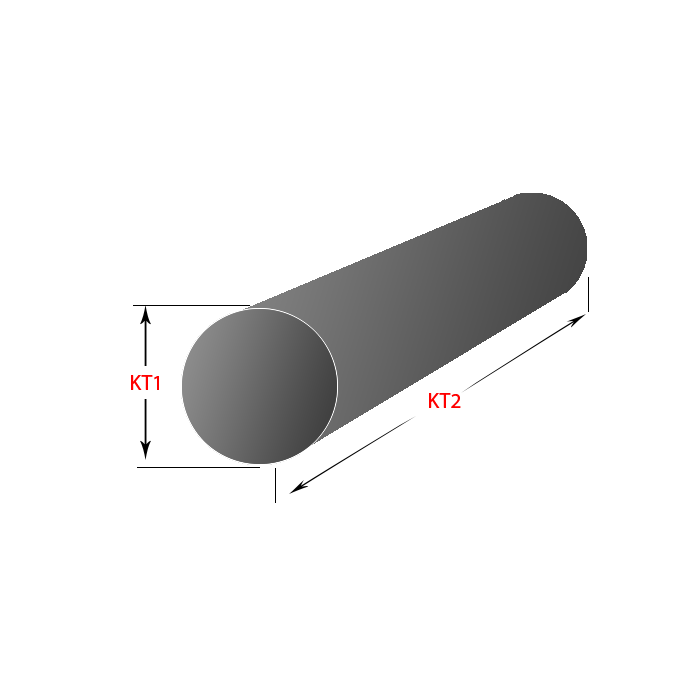THÔNG TIN CƠ BẢN
SS400 HOT Non-Alloy Steel is a low-carbon steel widely used in manufacturing and construction industries. It is known for its machinability, strength, and cost-effectiveness.
Key Characteristics of SS400 HOT Non-Alloy Steel:
- Chemical Composition:
- Carbon (C): Approximately 0.15-0.30%, affecting hardness and strength.
- Manganese (Mn): Approximately 0.60-0.90%, improves toughness and impact resistance.
- Silicon (Si): Approximately 0.15-0.35%, helps in hardening steel and improves corrosion resistance.
- Phosphorus (P) and Sulfur (S): Typically kept at low levels to maintain good mechanical properties and ease of welding.
- Physical Properties:
- Tensile Strength: Approximately 400-510 MPa, suitable for applications requiring durability and strength.
- Hardness: Achievable through basic heat treatment; the steel can be hardened and tempered if needed.
- Machinability: Excellent, easily machinable using conventional methods like turning, milling, and grinding.
- Applications:
- Construction: Used in building components such as columns, beams, and other structural steel elements.
- Machinery Manufacturing: Used in producing machine parts such as frames and load-bearing components.
- Automotive Industry: Applied in parts that do not require high wear resistance.
- Shipbuilding: Used for manufacturing ship components and maritime equipment.
- Shape and Size:
- SS400 HOT steel is commonly supplied in bars, plates, tubes, and customized products according to customer specifications.
Manufacturing and Processing:
- SS400 HOT steel is typically produced through hot rolling, which improves mechanical properties and reduces production costs. The steel can be machined using basic mechanical methods and generally does not require complex heat treatments.
(Source: Internet)
Key Characteristics of SS400 HOT Non-Alloy Steel:
- Chemical Composition:
- Carbon (C): Approximately 0.15-0.30%, affecting hardness and strength.
- Manganese (Mn): Approximately 0.60-0.90%, improves toughness and impact resistance.
- Silicon (Si): Approximately 0.15-0.35%, helps in hardening steel and improves corrosion resistance.
- Phosphorus (P) and Sulfur (S): Typically kept at low levels to maintain good mechanical properties and ease of welding.
- Physical Properties:
- Tensile Strength: Approximately 400-510 MPa, suitable for applications requiring durability and strength.
- Hardness: Achievable through basic heat treatment; the steel can be hardened and tempered if needed.
- Machinability: Excellent, easily machinable using conventional methods like turning, milling, and grinding.
- Applications:
- Construction: Used in building components such as columns, beams, and other structural steel elements.
- Machinery Manufacturing: Used in producing machine parts such as frames and load-bearing components.
- Automotive Industry: Applied in parts that do not require high wear resistance.
- Shipbuilding: Used for manufacturing ship components and maritime equipment.
- Shape and Size:
- SS400 HOT steel is commonly supplied in bars, plates, tubes, and customized products according to customer specifications.
Manufacturing and Processing:
- SS400 HOT steel is typically produced through hot rolling, which improves mechanical properties and reduces production costs. The steel can be machined using basic mechanical methods and generally does not require complex heat treatments.
(Source: Internet)



